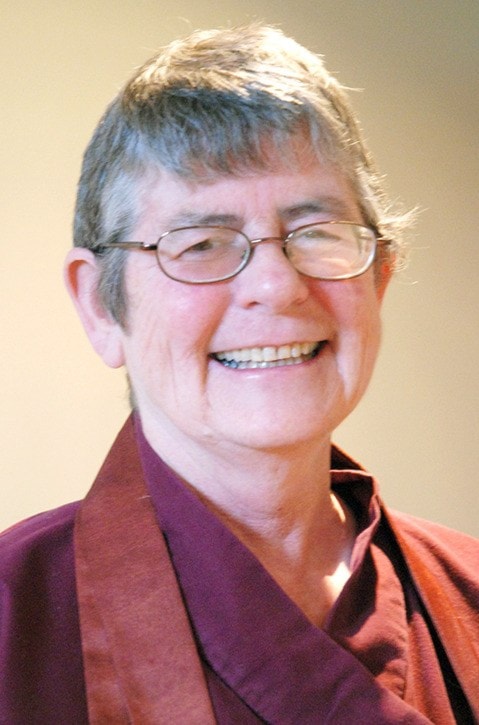In his essay, “Mountains and Rivers Sutra”, 13th century Zen master Eihei Dogen tells us that there are hierarchies of understanding. If you are in the mountains, you might see grass, trees, rocks and remote mountain cabins. Then you might realize that these are only separate things that make up mountains, and that there is no such thing as a mountain. “Mountain” is just a word. Dogen says that realizing there is no such thing as a mountain, that there are only trees, rocks, paths and creeks, doesn’t take our understanding far enough.
Then he goes deeper: “Even if you view mountains as the seven treasures’ splendour, this is not returning to the source.” The next level you might understand is that grass, trees, rocks and remote mountain cabins are simply various combinations of the elements and atoms that make up our planet. Then, you see mountains a bit more deeply. But Dogen says that even that level of understanding is not “returning to the source.” Then, he goes beyond the physicality of mountains and tells us that even if we recognize the spiritual value of mountains and deeply know their sacredness, we have still not gone far enough. The truth about mountains is even deeper because these levels of understanding are nothing but conditioned views.
But these views are exactly what he has been talking about so far in his essay. So now he is saying that what he has been teaching us is just another conditioned view. “These ways of seeing a mountain don’t represent true understanding. They are ‘merely looking through a bamboo pipe at a corner of the sky.’ ”
This is a typical Zen metaphor. There is the vast sky, the boundless sky, the beautiful sky where all kinds of things are happening. A cloud goes by. Birds soar. Breezes caress. There is no end to the sky. You can look at the sky forever. It turns pale blue in morning. It displays all the vibrant colours of sunsets and dawns. As humans, we are made in such a way that our hearts can be broken open by looking at the sky.
However, for some reason, we forget to see the whole sky. Instead, we have a bamboo tube, two centimetres in diameter, and whichever way we look, we are always looking through this tube with the mistaken understanding that we are seeing our whole life. Dogen is telling us that even if we know that “mountain” is only a word, that the objects on mountains are only elements and atoms, and that mountains are sacred, we are still don’t get it. All these views limit our understanding in the same way that looking through a bamboo pipe limits our view of the sky.
Suggested practice: Take some time to really study the sky from a place where you see the horizons. After 20 minutes, look at the same sky through a straw and then reflect on what this says about the way you see your life.
Kuya Minogue is the resident teacher at Sakura-ji, Creston’s zendo. This column is part of a long essay on an essay by 13th century Zen master Eihei Dogen and is inspired by the teaching of Norman Fischer. For more information, Minogue can be reached at 250-428-6500, and previous columns are available at www.zenwords.net.
